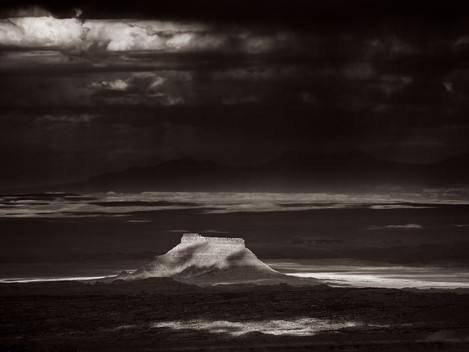"We don’t see things as they are; we see them as we are."
While we feel sure that if we had stood beside the camera we would have seen the same subject in the same way, we carelessly mistake the photographic rendition for authenticity and rarely realize just how extensive a mental adjustment we make every time we look at a photograph . . . We adjust so easily that we permit the photograph with all its changes of the visual world to be the most convincing liar of any of the visual media. ~Minor White
Plato’s Allegory of the Cave, included in his work, The Republic, is among the best-known thought experiments in Western philosophy. The allegory is told by Plato’s fictionalised version of his mentor, Socrates, to Plato’s brother, Glaucon. Over the years, several interpretations of the allegory were proposed. Rather than review all of them (which I recommend you do independently if you are interested in philosophy), I will attempt here to distil some of these interpretations into useful ways to think about photography.
Try to visualise the following: a group of prisoners is held in chains in the deep recesses of a cave. Between the prisoners and the cave entrance is a wall blocking their view of the world outside the cave. The prisoners have been in the cave since childhood and have no direct knowledge of what the world outside the cave looks like. Between the wall blocking the prisoner’s view and the opening of the cave is a small fire causing amorphous shadows to be projected onto the upper portion of the cave’s back wall, where the prisoners can see them. Based on these shadows, the prisoners attempt to guess what things in the real world—the things casting the shadows—are like. This is Plato’s way of describing how most people experience their world: imprisoned in a cave, having no direct knowledge of true reality, either attempting to infer or accepting others’ inferences for what the world is really like based on vague and partial evidence and then accepting these inferences—amounting and somewhat-educated guesses and myths—as true reality.



